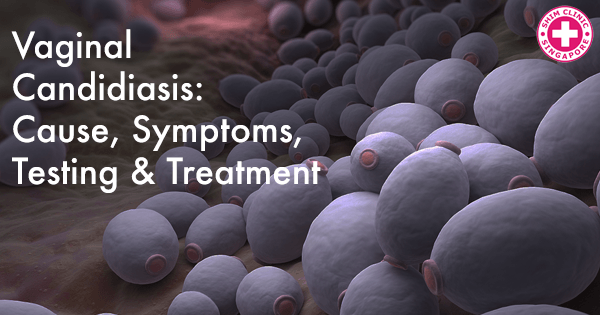What is Candidiasis?
This is a fungal infection caused by the overgrowth of yeast. Ordinarily, there are numerous yeasts in the human body. Under the right conditions, the yeast overgrows and through cuts in the body, may penetrate and cause a yeast infection. There are many species of Candida yeasts that cause infections in humans totaling 20 different species. Candida albicans is the most prevalent. These infections commonly occur in the moist areas of our bodies such the mouth, underarms or vaginal area.
Yeast infections can be oropharyngeal candidiasis (occurs in the mouth), vaginal yeast infection (occurs in the vagina) or invasive candidiasis (occurs in the blood stream).
Today, we focus on the Vaginal Candidiasis caused by vaginal yeast.
What is Vaginal Candidiasis?
This is a fungal infection that occurs in women’s vagina. This infection is so common among women such that 3 in every 4 will contract the infection at some point in their lives. Chances of a recurring yeast infection are very high. The infection is transmitted through vaginal intercourse
What causes vaginal yeast infections?
The infection is caused by the Candida albicans fungus that grows around the vaginal area. Humans have a natural microorganism (lactobacillus bacteria) in this area. An imbalance in the body may cause this bacterium not to be able to perform its function. Hence, the yeast overgrows and leads to an infection.
A number of factors contribute to the overgrowth of the yeast. They include:
- Insomnia
- Pregnancy
- Diabetes that is not controlled
- An immune system that is weak
- Eating sugary foods or poor eating behaviors
- Antibiotics
- Stress
How do I know that I have the Infection?
The infection manifests itself in the following ways:
- Itchiness
- Burning sensation in the vaginal area
- White/gray vaginal discharge which may be thick/watery
- Painful sex
- Sore vagina
What tests are available for the STI?
A doctor or a health practitioner at any STD clinic can do a physical examination of the vaginal area to determine if the symptoms are visible. Background information on the number of vaginal yeast infections that an individual may have had on the past will be inquired at this point.
After a physical examination, the attendant at the STD testing center may take a sample of the vaginal discharge for testing.
Is vaginal yeast infection curable?
Yes it is treatable but depending on the seriousness of the infection. For simple infections, the following may be administered as treatment:
- An antifungal cream, ointment or tablet that is to be administered in 3 days.
- Oral medication of a single dose of Diflucan.
For more complicated cases, different treatment is available. These are cases that the certain types of Candida will not respond to the above treatment and may require more aggressive treatment.
Complicated cases are such as uncontrolled diabetes or a weak immune system as a result of a HIV infection, pregnancy, more than 4 infections in a year and a different form of yeast other than Candida albicans which is the cause of your infection. Consider talking to your doctor about HIV PEP therapy in the case of suspected exposure to the HIV virus within 72 hours.
For these complicated cases, the following may be administered:
- Diflucan given on 2 or 3 doses
- A cream or ointment to be used for 2 weeks
- Topical antifungal medication given in long-term

